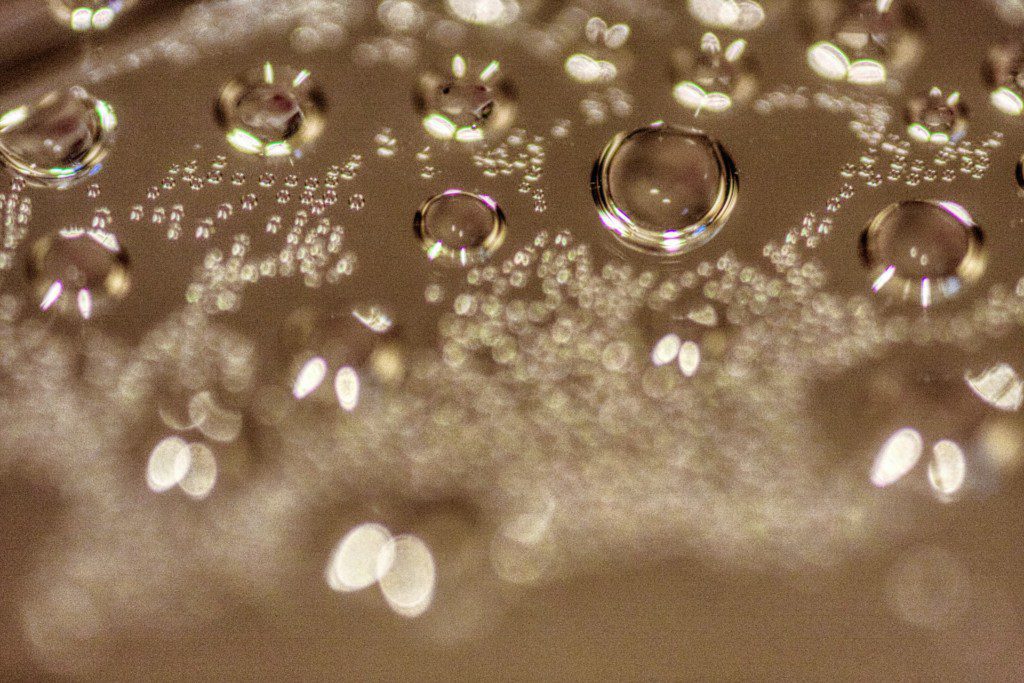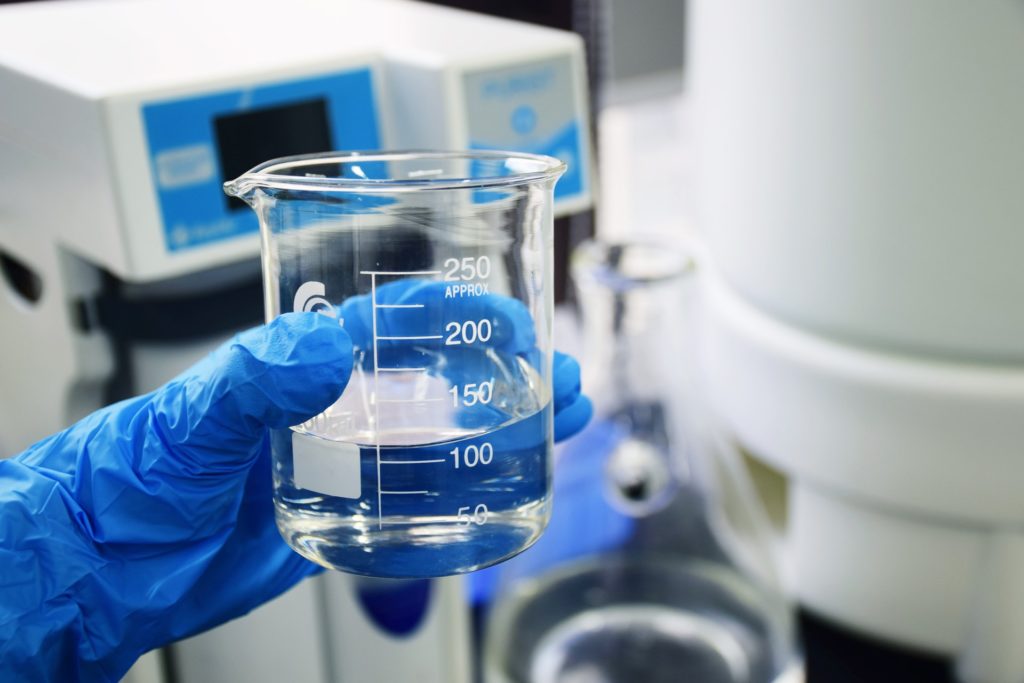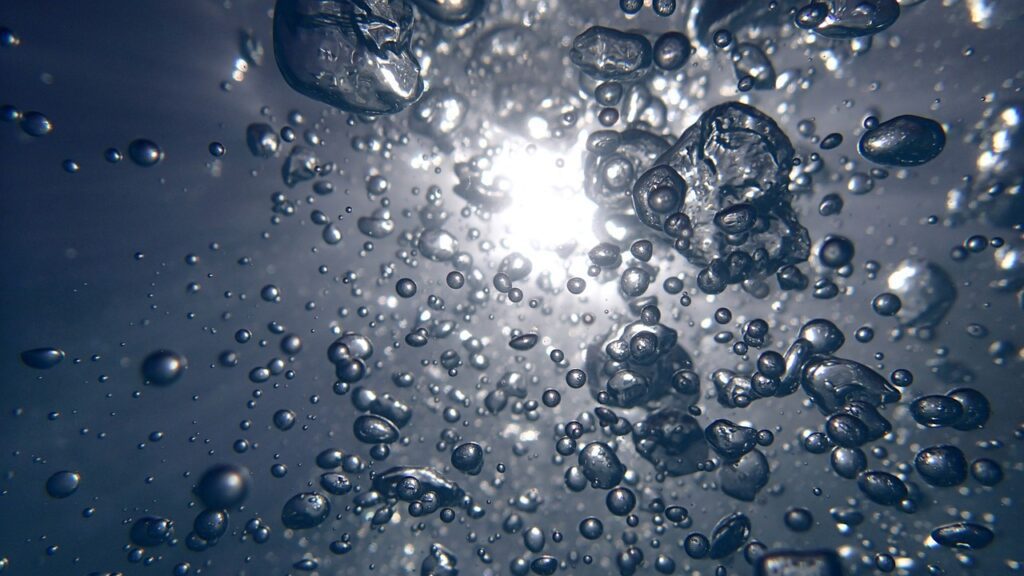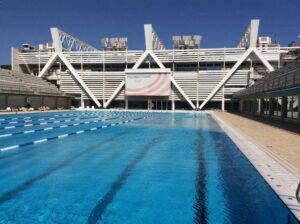07/11/2023 | Water Measurement Tips & Tricks | 8 MINUTE READ
What They Don’t Tell You About Water Quality Sensors

In the 21st century, water pollution has quickly become a worldwide issue that most countries experience. To make sure that authorities can act quickly to reduce water pollution, it’s essential that water quality is monitored. Over the years, many water quality monitoring solutions have been developed, which include conventional and advanced methods. The most modern systems extend to optical techniques, cyber-physical system (CPS), Internet of Things (IoT), and virtual sensing.
While nearly every water quality monitoring technique has its place, conventional methods are more cost-prohibitive and complicated to use. Even though modern technologies have a higher cost than conventional ones, they can also provide you with real-time detection. Traditional solutions have high maintenance requirements and involve the use of a large amount of chemicals.
Because of how important water quality monitoring has become, it’s essential that you use a high-quality sensor in your facility or farm. The right sensors provide accurate readings and reliable monitoring. With the latest technology, measuring water quality has become less time-consuming and more affordable. The following takes a closer look at the things they aren’t telling you about water quality sensors.

Introduction
In recent years, safe and clean water has become a scarce resource as a result of increasing threats from population growth, global warming, and pollution. To make sure that drinking water is always clean and free from impurities, the water quality needs to be monitored on a real-time basis.
While water quality monitoring systems have experienced many advancements over the past decade, all of these advancements are still centered around the same wireless network technology that’s prone to issues with coverage, high energy consumption, and data security problems. The Internet of Things (IoT) has provided a solution for many of these issues and is designed to offer a more efficient monitoring solution that delivers real-time data.
Conventional Water Quality Sensors
If you use a more traditional testing technique that takes place in the lab, this process will be time-consuming and expensive. All lab-based testing must be performed manually, which makes it impossible to obtain real-time results. Along with a lack of real-time monitoring, there are also issues with data collection. It takes a long time to obtain and verify results.
Digital Water Quality Sensors
In 2018, a wireless sensor network (WSN) was used to develop a real-time monitoring system. This system was designed to detect and monitor pH and ammonia concentration. Once a sensor was placed in the water, these water quality parameters were identified and transmitted to the cloud via an Ethernet shield. It was now possible for real-time data to be quickly analyzed. If the parameter values ever dipped too low or rose too high, an alarm would be sent.
These digital water quality sensors allowed for on-site measurements, which significantly improved testing efficiency. As touched upon previously, however, there are several challenges that must be navigated when handling WSN technology, which include communication coverage, energy consumption, and data security.
Smart Water Quality Sensors
In recent years, IoT-based Smart Water Quality Monitoring (SWQM) systems have been developed. This process involves measuring certain water quality parameters with IoT. The types of parameters that can be measured include pH, dissolved oxygen, temperature, ions, and turbidity. The purpose of this monitoring technique is to make sure the parameters remain in the proper range.
With more conventional treatment methods, the water monitoring technique is performed physically with chemicals. When using a more modern system that includes smart sensors, it’s possible to keep track of all water quality parameters in real-time. Regardless of the IoT system you purchase to monitor water quality, there are numerous hardware components that the system will be equipped with, which include:
- Ultrasonic sensors
- Digital thermometer sensors
- Different types of pH sensors
- RF modules
- Turbidity sensors
Ultrasonic sensors can produce a sound wave that reaches 40 kHz, which allows for information to be relayed about how close an object is. A pH sensor tells how acidic or alkaline the water is. When water is too acidic, it’s likely that numerous contaminants are present in the water. Most pH sensors are comprised of a reference and electrode of measurement.
When pH values increase, hydrogen ion concentration drops ten-fold, which means that the acidic water isn’t as intense. The numerous advantages of using a smart sensor when monitoring water quality include improved data security, cost-effectiveness, and real-time monitoring.

Evolution of Water Pollution Monitoring Techniques
Over the years, water pollution monitoring techniques have evolved in many ways. At the beginning, the only options involved manual testing in a laboratory, which took undue amounts of time and didn’t allow for water quality to be improved in an efficient manner. Since that time, portable sensors were developed alongside WSN technology. These improvements allowed for real-time data to be given to people who can make fast and important decisions.
As touched upon previously, the more traditional methods of monitoring water quality involved using chemicals and putting in a high amount of manual effort. While these issues were present, the process of monitoring water quality took too much time and cost too much money. Even before IoT was developed, WSN technology accommodated real-time data, which means that a laboratory was no longer needed to perform testing.
Latest Trends and Benefits of Smart Water Quality Monitoring
IoT-based SWQM systems have already been used across many domains, which include leak detection, sustainability certifications, aquatic life preservation, buildings, wastewater management, and healthcare facilities. These systems have overcome many of the limitations that exist with previous techniques while also providing more advanced monitoring capabilities.
One issue that IoT-based SWQM systems have been able to help with is the lack of high-quality water in clinics, hospices, hospital, and other healthcare facilities. In order for patients to be kept safe, they must be free from infection. If the water in the hospital has been contaminated, it’s difficult to keep infection at bay. IoT-based systems allow for the exact contaminant levels to be identified and for this data to be given to you in an instant after measurements are taken.
This type of water quality monitoring solution is also highly advantageous for treating wastewater before it has been sent out to freshwater bodies. Parameters like pH, temperature, and turbidity can be effectively studied once you receive measurements with these sensors. If the water you use to grow crops contains toxic elements, the health and growth rate of these crops will be hampered. IoT technology eliminates this issue by properly monitoring water quality.
This form of technology can also be helpful when attempting to detect and fix leaks. Even a small leak can waste thousands of gallons of water in a short period of time. Millions of gallons are wasted every year when looking at all industrial facilities. If you were to use more conventional water quality monitoring techniques, these leaks couldn’t be detected right away. You would need to wait for the facility manager to perform their periodic inspections to determine if a leak is present. IoT sensors can measure water flow and will identify if the water flow rate has changed.

Challenges in Water Management
All types of facilities face challenges when it comes to effective water management. Likely the most notable problem is that weather across the world has become more severe through floods, extreme heat, and hurricanes. It can be challenging to make quick changes to the water quality if you aren’t using a real-time monitoring solution. These issues will get worse as water resources continue to dwindle and the population grows. Water bills will also increase because of this scarcity.
While population numbers are getting higher in many locations across the U.S., it’s a much more significant issue in urban areas. The high population in these areas places pressure on the nearby water supply systems. If you don’t inspect these systems with real-time data, you may not catch an issue early enough, which could lead to costly repairs and high overhead expenses.
Water supply must be allocated based entirely on consumer demand and previous availability. However, there are also inefficiencies in this option that aren’t easy to get rid of. If the water quality isn’t monitored on a regular basis, leaks, toxicity levels, and pipe damage can occur without anyone noticing.
There should also be comprehensive sanctions or management plans in place to ensure residents and companies don’t use too much water. These sanctions limit or remove the ability to pump water from rivers or groundwater. In areas where sanctions haven’t been put in place, a lower amount of water is soluble, which decreases water levels and increases contaminant levels.
Conclusion
IoT-based SWQM systems use a combination of sensors and software to help you monitor water quality in real time. Once you’ve installed this system, it should be easier for you to maintain high water quality, protect the environment, and promote sustainable water management practices.
Smart water quality sensors are also highly beneficial in comparison to conventional and digital sensors. Conventional sensors provide delayed data and are more expensive. While digital sensors deliver real-time data, the connection isn’t secure. IoT technology solves all these issues. In the coming years, further advancements in IoT technology should be made, which will likely improve water quality monitoring and make it more precise.
Posted by Dominic O'Donnell on July 11, 2023
Sensorex is a global leader in the design and manufacture of quality sensors for water quality and process applications. The company offers more than 2000 sensor packages for pH, ORP, conductivity, dissolved oxygen, free chlorine, chlorine dioxide, UV transmittance and other specialty measurements, as well as a full line of sensor accessories and transmitters. Its expert technical support engineers solve analytical sensor challenges with custom designs and off the shelf products.




